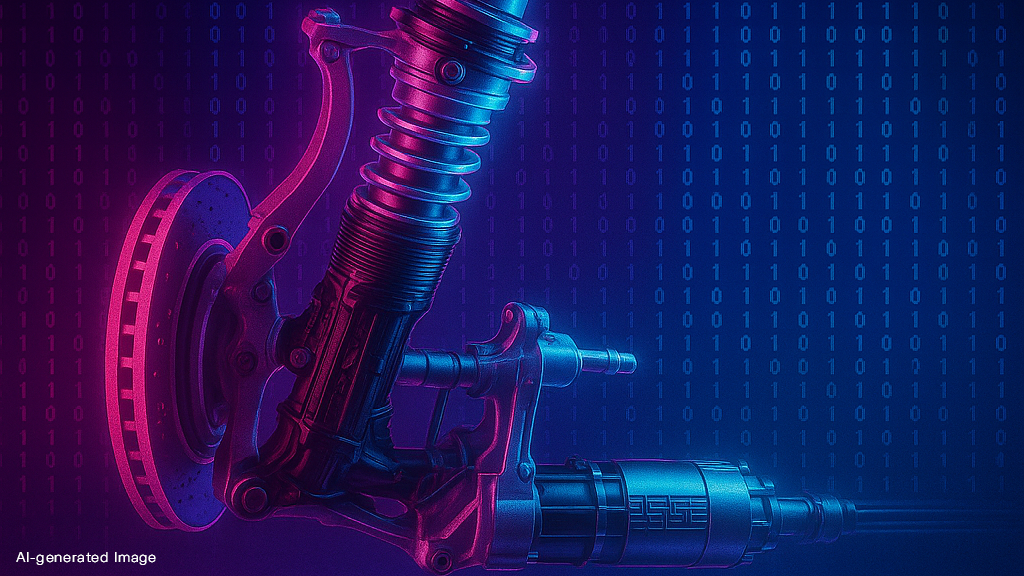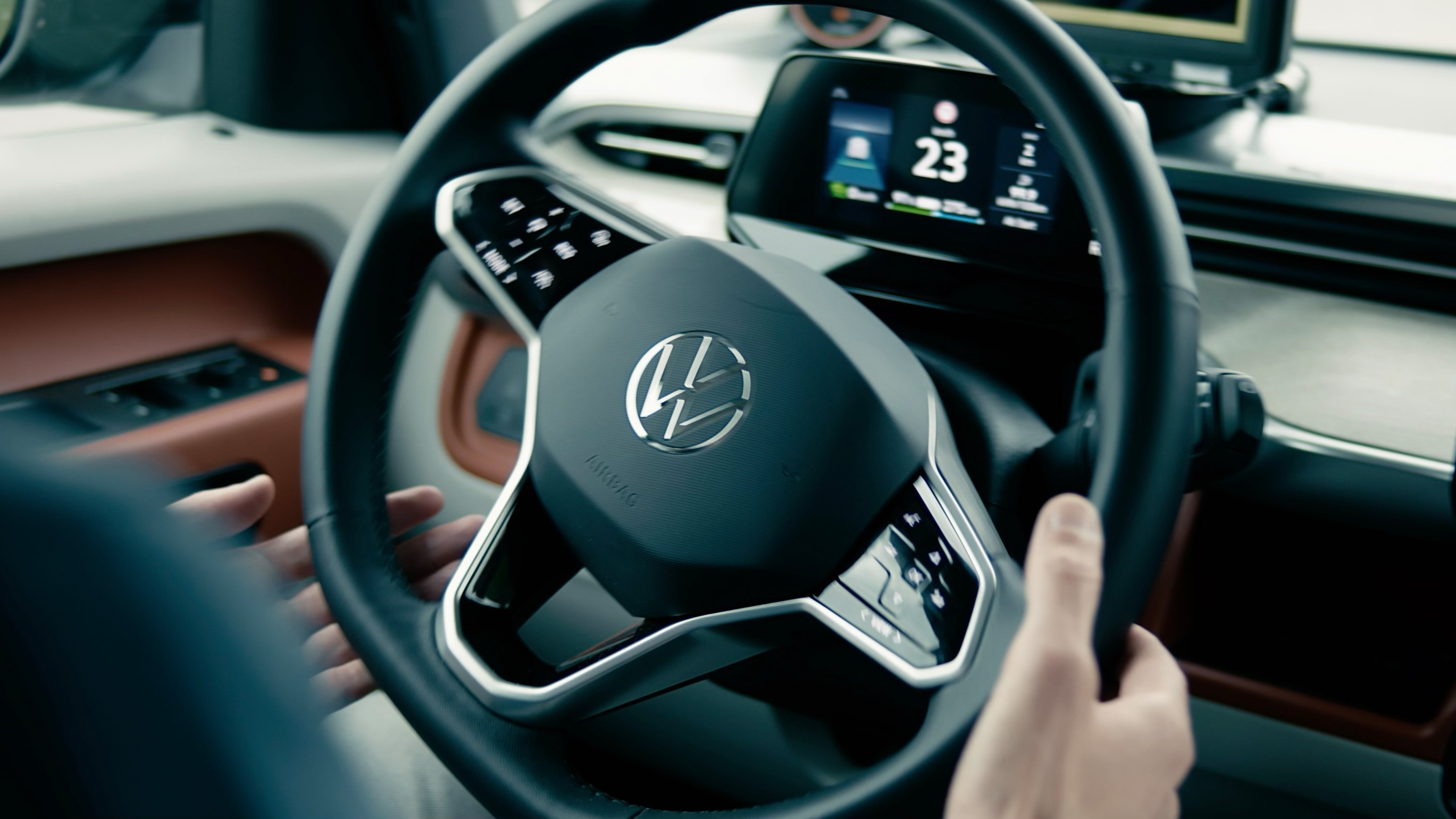Emergency Assist: How Technology Enhances Driver Safety
Have you ever wondered what happens to a car when the driver has a medical emergency? That’s what Emergency Assist is for.

If the driver does not show any driving activity due to a medical emergency, Emergency Assist can detect this and attempt to make the driver react, e.g. by tightening the seatbelt, warning signals or braking abruptly. If this does not succeed, the function will bring the vehicle to a controlled stop within the system limits and can thus possibly prevent an accident.
To be able to do this, Emergency Assist is one the most connected functions in the entire vehicle – taking over longitudinal and lateral guidance, the warning signal, horn and brakes using multiple different vehicle actuators.
The team behind the function
Philipp Linke, Head of Behavior Driving at CARIAD, and his colleagues pursue a holistic cross-functional and multi-platform software development approach in order to bring driver assistance systems to the road in a bundled form.
“One of my highlights is the fact that everyone in the team can experience their own development directly in the car. That is a special sense of achievement.”
This is possible since all algorithms are coded in-house. The team mainly consists of software developers, integrators, DevOps engineers and the necessary roles responsible for the process. They support the development activities from the pre-production development of new functional features up to their release to the customer. To accomplish these tasks, all key project roles are involved in an agile project process.
Emergency Assist in action

Ooops. Sorry, we can’t play this video
If you want to watch it on YouTube, please click here .
If you want to see the film here, please accept our marketing cookies:
*Future functions of Emergency Assist which are not available yet. Volkswagen Passat R-Line: Combined fuel consumption: 5.1 l/100 km; combined CO₂ emissions: 135 g/km; CO₂ class: D




